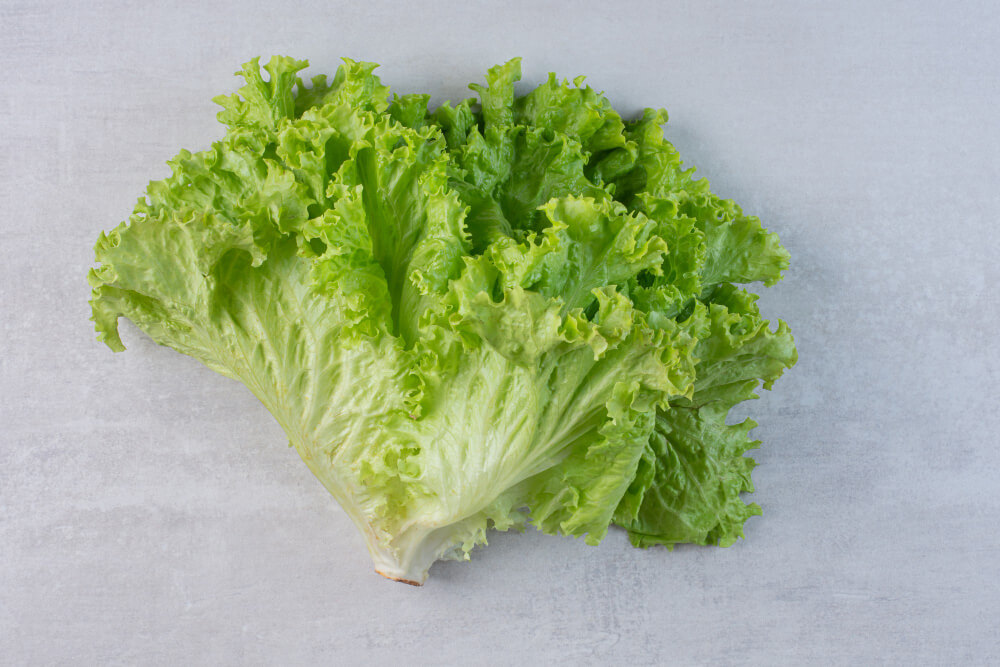Where period pain comes from

For many people who menstruate, periods can bring more than just mood swings or cravings—they often come with discomfort, cramps, and in some cases, intense pain. But where exactly does this period pain come from, and why does it vary so much from person to person? Let’s break it down.
Understanding Period Pain (Dysmenorrhea)
Period pain, medically known as dysmenorrhea, is a common symptom experienced during menstruation. It typically presents as cramping in the lower abdomen but can also radiate to the lower back and thighs. Some individuals may also feel nausea, headaches, fatigue, or dizziness alongside the pain.
There are two types of dysmenorrhea:
-
Primary Dysmenorrhea: This is the most common type and occurs in people who experience pain without any underlying medical condition. It usually starts a year or two after menstruation begins and may improve with age or after childbirth.
-
Secondary Dysmenorrhea: This type is caused by an underlying reproductive health issue, such as endometriosis, fibroids, or pelvic inflammatory disease. The pain tends to be more severe and can occur even outside the menstrual cycle.
Why Period Pain Happens
The main culprit behind period pain is a group of hormone-like substances called prostaglandins.
Role of Prostaglandins
When the uterus prepares to shed its lining (endometrium), prostaglandins are released to help trigger muscle contractions. These contractions help expel the lining through the vagina. However, higher levels of prostaglandins can lead to stronger contractions, reduced blood flow, and more pain.
Other Causes of Period Pain
-
Heavy menstrual flow: More lining to shed can mean more contractions and pain.
-
Irregular periods: Hormonal imbalance can make periods more painful.
-
Medical conditions: As mentioned earlier, conditions like endometriosis or fibroids can intensify pain.
-
Genetics: If your mother or sister experienced painful periods, there’s a higher chance you will too.
-
Age and lifestyle: Teenagers often experience more intense cramps, which may ease with age. Smoking, stress, and lack of physical activity can also worsen symptoms.
How to Tell If It’s Normal or Not
Mild to moderate cramps are a normal part of menstruation, especially during the first one or two days. However, you should consult a healthcare provider if:
-
Pain is severe and disrupts daily activities
-
Over-the-counter pain relief doesn't help
-
You have sudden or unusual changes in your cycle
-
Pain occurs even when you're not on your period
Managing Period Pain
While some discomfort is common, there are ways to ease it:
-
Heat therapy: A hot water bag or heating pad on your lower abdomen can relax muscles and reduce pain.
-
Exercise: Light activities like walking or yoga increase blood circulation and help release endorphins—your body’s natural painkillers.
-
Hydration: Drinking warm fluids may reduce bloating and cramps.
-
Over-the-counter medications: NSAIDs like ibuprofen can reduce prostaglandin production and relieve pain.
-
Relaxation techniques: Deep breathing, meditation, or gentle stretching can help your body manage pain more effectively.
Final Thoughts
Period pain is not just "in your head"—it’s a real and often debilitating experience for many. Understanding where it comes from helps you take the right steps toward managing it. Remember, while some discomfort is normal, extreme or prolonged pain should never be ignored. Your body speaks to you every month; learning to listen is the first step toward better care and comfort.
Related Articles

Avoiding emotional eating during PMS

Respecting boundaries

What to avoid (caffeine, sugar, salty snacks)

Staying off social media breaks

When to get professional help

Choosing the right menstrual product

Journaling your thoughts

Baby development at 36 weeks